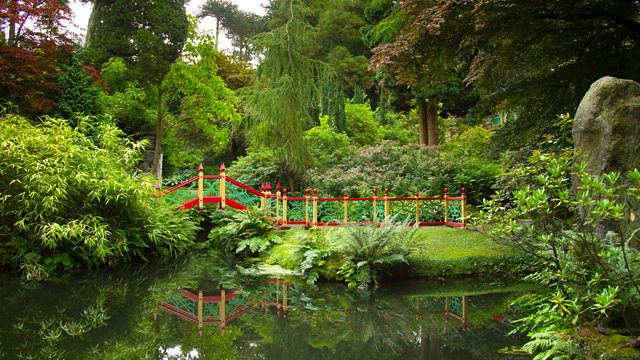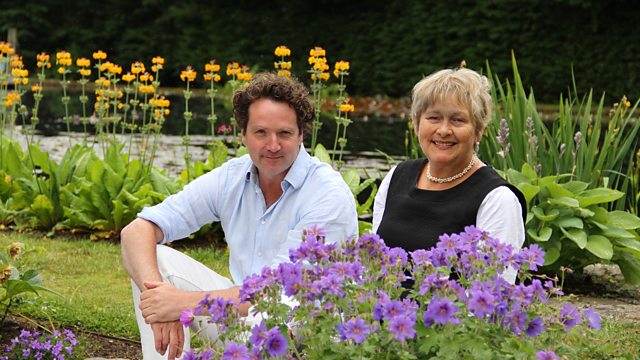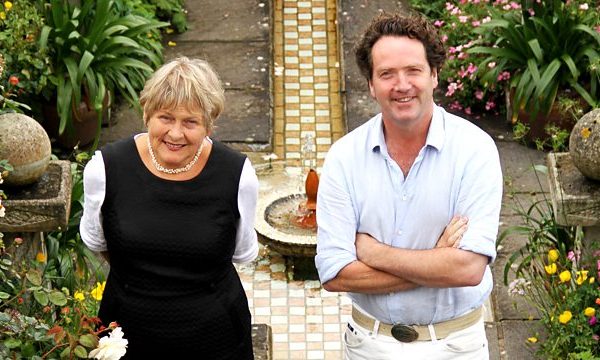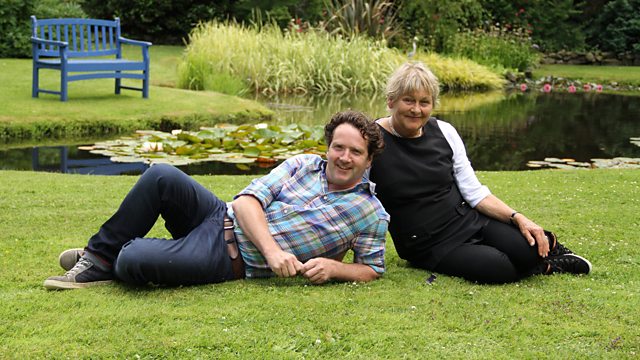British Gardens in Time – Biddulph Grange episode 3: Biddulph Grange, the best-surviving Victorian garden in the country, takes the visitor on a whistlestop journey around the world from China to Egypt in a series of gardens connected by tunnels and subterranean passageways.
Biddulph was created at the height of the British Empire by James Bateman, the son of a wealthy industrialist. Bateman was fascinated by botany and the emerging technologies of the Victorian era, filling his garden with rare specimens tracked down by the Victorian plant hunters laid out to designs that purported to come from around the world but were actually inspired by the Great Exhibition and painted plates from the Potteries.
But Bateman’s fascination for all things new would come into conflict with his deeply held religious beliefs, leading him into open conflict with Darwin, financial ruin and the eventual loss of his beloved garden.
British Gardens in Time – Biddulph Grange episode 3
This amazing Victorian garden was created by James Bateman for his collection of plants from around the world. A visit takes you on a global journey from Italy to the pyramids of Egypt, a Victorian vision of China and a re-creation of a Himalayan glen.
The garden features collections of rhododendrons, summer bedding displays, a stunning Dahlia Walk and the oldest surviving golden larch in Britain, brought from China in the 1850s. The Geological Gallery shows how Bateman’s interests went beyond botany. Opened in 1862 the unique hallway is a Victorian attempt to reconcile geology and theology.
Biddulph Grange was developed by James Bateman (1811–1897), the accomplished horticulturist and landowner; he inherited money from his father, who had become rich from coal and steel businesses. He moved to Biddulph Grange around 1840, from nearby Knypersley Hall. James Bateman created the gardens with the aid of his friend and painter of seascapes Edward William Cooke. The gardens were meant to display specimens from Bateman’s extensive and wide-ranging collection of plants.
Biddulph Grange “started life as a bog-standard rectory, but around 1840 it was bought by James Bateman…he and his wife Maria had a passion for plants and the money to indulge their interests, and as the house was enlarged they began work on the surrounding gardens. In this they were helped by an artist friend, Edward William Cooke, who was not just a keen designer but whose father-in-law owned one of the biggest plant nurseries of the day, Loddiges of Hackney.” The gardens “were designed by James and Maria Bateman. Bateman…bought specimens brought back by the great Victorian plant-hunters and became an expert on orchids.”




